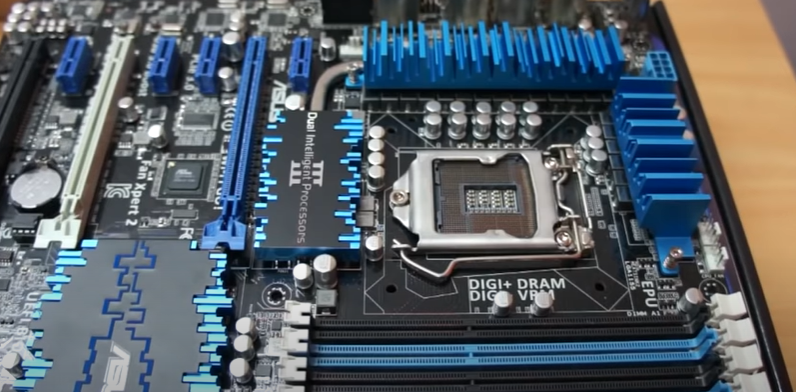
The next-generation desktop chips of Intel are here. After a preview at CES this year, Intel is fully unveiling its 11th Gen Core desktop processors, also known as Rocket Lake-S.
Intel 11th-Gen processors
Intel's new flagship chip leads the pack, the Core i9-11900K, with 8 cores, 16 threads, boosted clock speeds up to 5.3GHz, support for DDR4 RAM at 3,200MHz, a total of 20 PCIe 4.0 lanes, and backward compatibility with Intel's 400 Series chipsets.
According to The Verge, fans of the brand might notice that the new processor is a downgrade from the top model from 2020, the Core i9-10900K, which offered 10 cores and 20 threads.
That is because Intel is debuting a new desktop core architecture for the first time in more than hallf a decade with its 11th Gen Rocket Lake-S chips called Cypress Cove. Cypress Cove replaces the Skylake microarchitecture, which the company had been using since the 6th Gen chips in 2015.
However, the Cypress Cove design is not a whole new microarchitecture. It is actually Intel's Willow Cove chip designs and technologies that Intel has been using on its 11th Gen 10nm Tiger Lake chips, which the company is backporting to its 14nm production process.
Since the said designs were meant for 10nm chips, Intel is limited in the number of cores, thus the reduction in core count every year.
However, Intel still says that the new processors will offer better performance than the 10th Gen, with the core architecture enabling up to 19% IPC than the previous generations, as per Tom's Guide.
Intel's new architecture
The new architecture of Intel also brings other improvements, with 50% better integrated graphics compared to the 9th Gen. chips. This is due to Intel's new Xe graphics, with one-third more EUs than its 9th Gen graphics. So, using the 11th Gen processor will have crisper graphics on the screen.
Desktop chips will definitely be paired with a high-end discrete graphics card, and while Intel will be giving several F-series models of the new chips without the GPUs, the design is still the same on those models.
This means that Intel is not going to be giving any niche models that ditch integrated GPUs to fit in more cores.
The new chips also have other improvements. The 11th Gen processor adds Resizable BAR for a frame rate boost on compatible Nvidia and AMD graphics cards, according to IGN.
There will also be built-in support for both USB 3.2 Gen 2x2 at 20Gbps and Intel's own Thunderbolt 4, together with DDR4-3200 RAM. Intel has added four more Gen 4 PCIe lanes, which totals to 20 lanes.
Intel is also introducing its 500 series motherboards together with the 11th Gen processor, but the Rocket Lake-S CPUs will also be backward compatible with 400 series motherboards.
So, when can fans expect the new processor to hit the shelves?
The first 11th Gen Rocket Lake CPUs are set to launch on Mar. 30. They will be available as standalone CPUs and as part of whole desktop PCS. It is available on different major retail stores and Intel's own website.
Read also: Intel Core i9-11900K Pre-Order Details, Prices, Specs: Is It Cheaper Than Its Predecessor?
This article is owned by Tech Times
Written by Sieeka Khan




